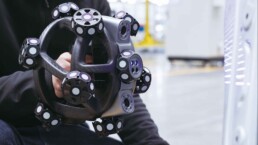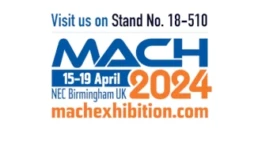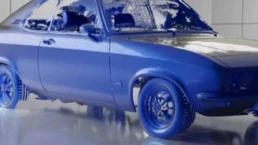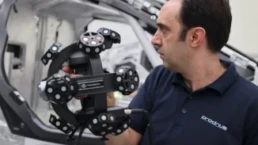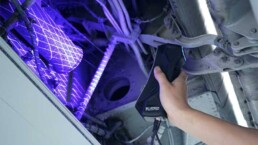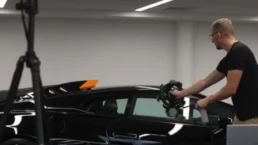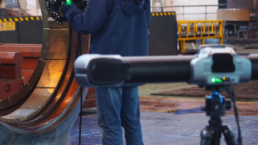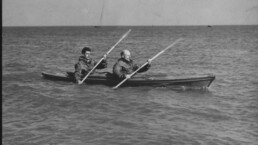One of the questions our engineers are frequently asked is whether 3D scanning is an expensive process. Unfortunately, there is no short answer to this question – it all depends on how you are planning to use the data captured through 3D scanning.
3D scanning is very powerful for downstream processes such as quality and inspection and reverse engineering. Both of these activities can be completed without 3D scanning; however this can be very time consuming and often problematic, due to inaccuracies or missed feature capture.
In the below video, Adam Stanley, Managing Director at The 3D Measurement Company, talks about a project that perfectly illustrates the real cost of 3D scanning. For this project the task was to scan and inspect over 40 pieces of automotive glass against their nominal CAD data to understand deviation of the real world, ‘as-manufactured’ part relative to the design intent model. The resulting delivery was a series of reports showing colour plots for each individual part and a full range statistical analysis across each batch to show deviation between parts of the same tool. Finally, we completed a statistical calculation to identify the ‘best mesh’, which allowed us to tell the customer which glass within the batch was the ‘best’ i.e. had the smallest deviation to the design intent CAD.
The takeaway for us on this project was that, in the past, an almost identical project took four days to complete; three days to complete the measurements, plus one day to complete the inspection. However, due to new technology available to us here at T3DMC, we were able to complete the entire project, including inspection, in a single day – a reduction in outsourced costs for our customer of 75%. Coming back to our original question “Is 3D scanning expensive?”, we can now see that outsourced 3D scanning is considerably more cost-effective than ever before.
To conclude this question, we believe, that cost should reflect value to the customer. In this instance we delivered 42 individual inspection reports, seven statistical range inspection reports over six variants, as well as six ‘best mesh’ calculations. This in-depth ‘goods in’ inspection gave our customer confidence to challenge their supplier on the quality of their delivered parts, identifying key areas of error which would require tooling rework.
If you would like to learn how 3D scanning has changed over the years and how it has enabled us to deliver such impressive cost and time savings, watch our video and subscribe to our YouTube channel. If you like the content, please hit the Like button and you’ll be notified of similar videos. And should you wish to learn more about this specific project, the processes or technology involved speak to our team and we will be happy to speak with you.
Other news articles
7th February 2024
Revving Up Innovation: T3DMC Becomes Prodrive’s Official 3D Scanning Partner
Explore how our 3D scanning partnership with Prodrive is accelerating advancements in motorsport and driving innovation.
29th August 2023
Preserving History With 3D Scanning Technology: The Mk2 Cockle Canoe, Operation Frankton
Preserving history with SIMSCAN. Capturing 3D data of WW2's unsung hero, Operation Frankton's Mk2 Cockle Canoe.


